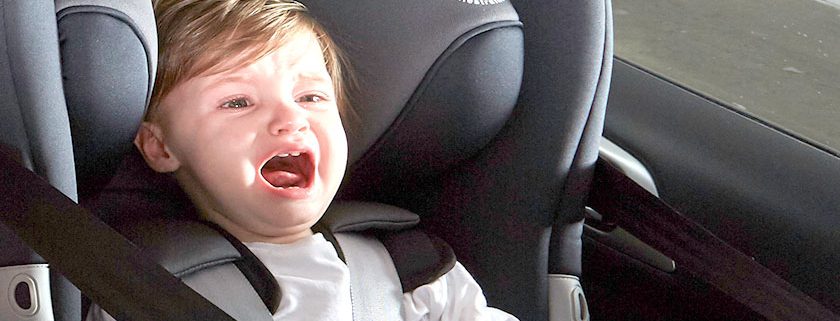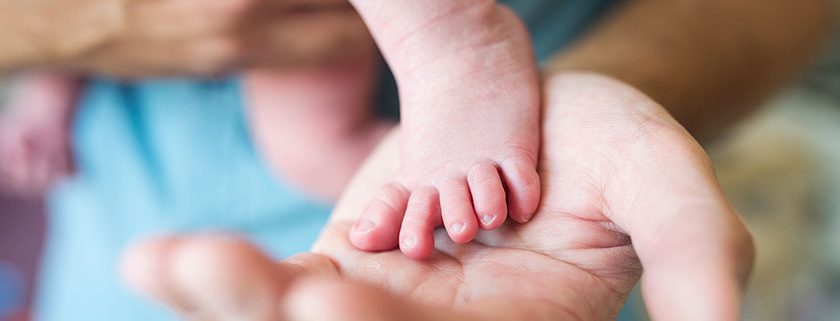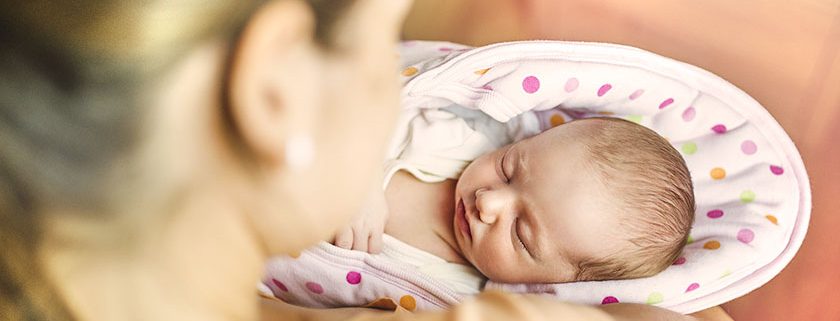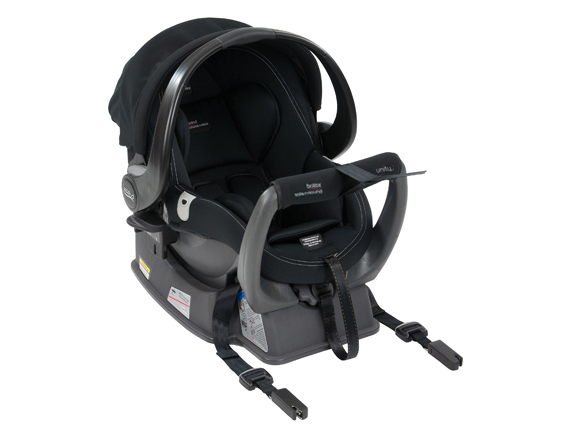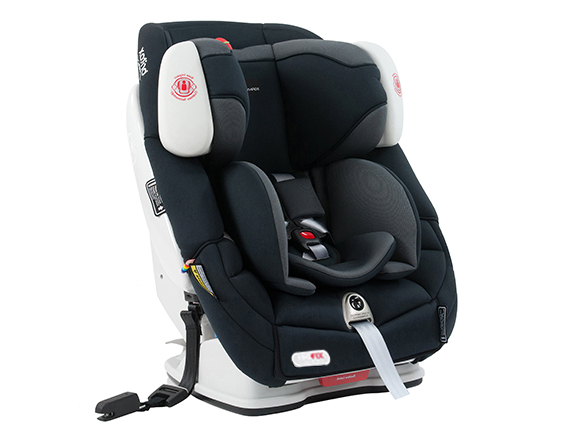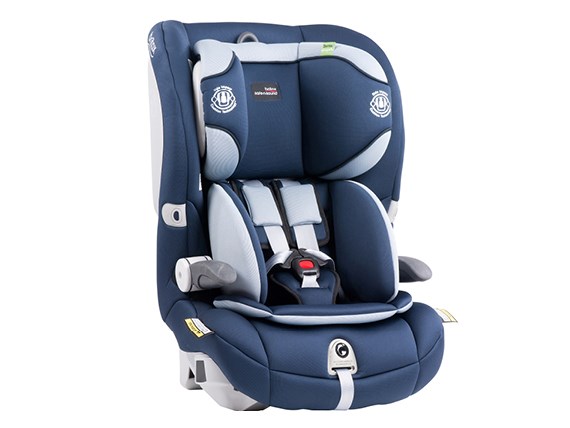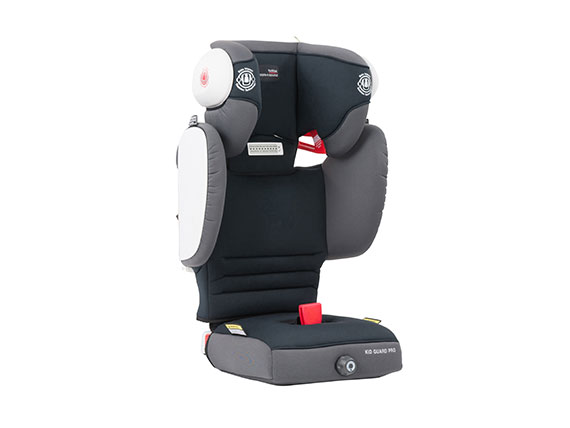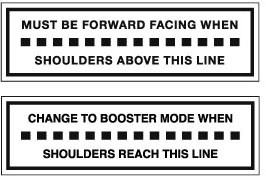Why Extended Rear Facing Seats Are The Safer Option
All parents want their children to be as safe as possible, for as long as possible. That especially extends to car travel, where child restraints are vital to ensure children are safely protected in the advent of a road incident.
There can be some confusion over which restraints are right for your child, with forward facing and rear facing options available for children after the age of six months.
Research, outlined below, shows that keeping your child in a rear facing seat is the safer option, with experts saying parents should keep them facing this way as long as possible.
And there are many new restraints on the market that assist in making this possible.
The laws in Australia
Australian law mandates babies up to six months need to be in rear-facing restraints. But this legislation also states that children can be kept in rear-facing car seats until they are four years old. However, it’s important to remember that age is a guide, and the height of the child is a better indicator of when your child is ready to turn forward facing or change into their next seat. Only move your child out of their seat when they have exceeded the upper height markers on their current restraint and can no longer sit comfortably in it – keeping them rear-facing for longer which is so much safer.
Lauren Moloney installs car seats in Western Australia as a community service, and she said most people weren’t aware they could keep their children rear-facing for longer.
“I’m really passionate about best practice, our laws in Australia are quite minimal – we turn babies at six months old in Australia, which is the youngest of almost any developed nation,” she said.
“They’ve changed Australian legislation so you can rear-face a child up to four and harness children till about eight years of age – it’s now about trying to change how people think about it.”
Tip: Laws on car seats can differ slightly in different states and territories. To find out specific laws on child restraints in your area, head to your local roads and traffic authority website.
Why rear facing is safer
While parents are legally able to turn their children’s restraint to forward facing at six months, there are studies that show that it is far safer to keep them rear facing for longer. As Safety Leaders, Britax recommend keeping your children in a rearward facing restraint for as long as possible (rear for a year at least!), depending on when they have exceeded the upper height markers on their current child car seat.
Neuroscience Research Australia and Kidsafe recently released the National Guidelines for the Safe Restraint of Children Travelling in Motor Vehicles report, which outlined why rear facing options are safer for children up to the age of four.
“Rear facing restraints are highly effective in preventing injuries if used correctly because they fully support the child’s head and neck in the event of a crash,” the report says.
“This is important as infants have relatively large heads and weak necks which put them at particularly high risk of serious injuries if the head and neck are not supported.
“Rearward facing restraints support the child’s head and neck in severe frontal crashes better than forward facing restraints.”
Britax options that make rear-facing simple and safe
Britax ensures its restraints feature the latest in technology and safety features to protect your children in the car.
Here are three products that feature new innovations and give you the ability to keep your child rear-facing for longer:
- Britax Safe-n-Sound Millenia™ (birth – four years (approx.): This restraint is suitable to keep children in a rear-facing position from birth until three years of age (approx.). It includes revolutionary dual layer Side Impact Cushion Technology™ (SICT™) – Head Protection for safety as well as the Flexi Infant Safety Cushion, which includes EVA composite material that provides support and protection for a small baby absorbing energy during a side impact crash. Thermo5® High Performance fabric with Bamboo Charcoal means your child will travel in quality and comfort.
- Britax Safe-n-Sound Platinum PRO™ (birth – four years (approx.): Is Britax’s most advanced convertible car seat. Featuring the same safety and comfort options as the Millenia™ with extra support and new innovations to assist in safety. This includes the addition of Torso SICT™ which minimises the energy impact on your child’s chest and vital organs, reducing crash forced for greater protection.
- Britax Safe-n-Sound Graphene™ (birth – four years (approx.): This seat features narrow, compact depth which means it’s perfect for small cars that can require multiple seat configurations. Featuring our award winning Thermo® High Performance fabric with Bamboo Charcoal this seat can be used rear-facing until they are approximately three years old. It also features SICT™ – Torso Protection, making the Graphene our most advanced compact car seat and uniquely designed to offer optimised safety without compromise.
- Britax Safe-n-Sound Unity™ ISOFIX (birth – 12 months (approx.): This capsule was the FIRST baby capsule suitable for newborn up to 12 months (approx.). It is also the ONLY baby capsule suitable for low birth weight and premature infants without restrictive medical conditions, providing your baby with ultimate security for longer.
To find out more about car seat safety, check out Britax’s ‘Car Seat Basics’ FAQ page.
Original article here.


